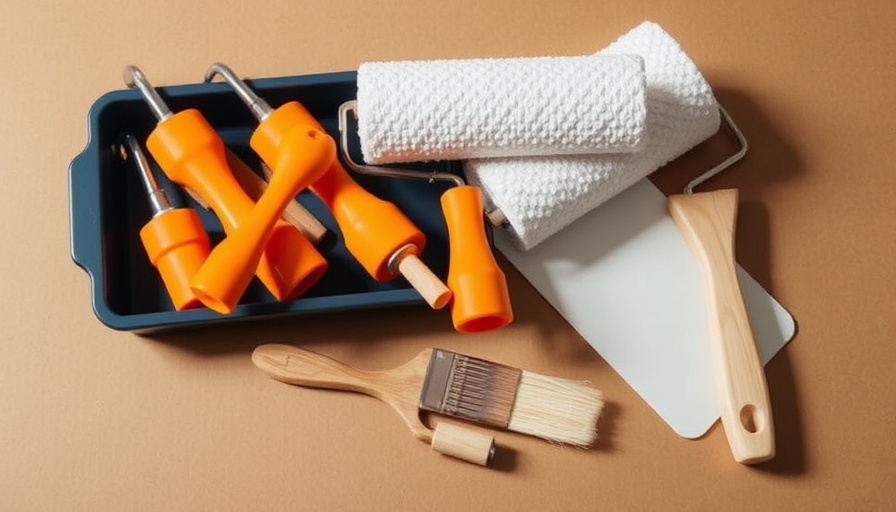
Why New Jersey Keeps the No Self-Service Law
If you've ever visited New Jersey, you've likely found yourself confused as to why drivers can't pump their own gas. Unlike most states, where self-service is the norm, New Jersey's law dates back to 1949 under the Retail Gasoline Dispensing Safety Act. The primary aim? To safeguard public health and safety. According to NJ.gov, the law exists due to the inherent fire hazards and health risks associated with gasoline dispensing, including risks from inhaling toxic fumes and the potential for dangerous accidents.
Moreover, this law is also positioned as a public service initiative. Gas attendants are expected to ensure vehicles are safely decoupled from ignition while fueling and are trained to identify car maintenance issues – a preventive measure many drivers might neglect in a self-serve setup.
Examining the Cost of Convenience
When it comes to gas prices, the debate about whether New Jersey's average rates are higher or lower than other states can be complex. At the time of this writing, AAA.org lists New Jersey's average gas price at $3.037, slightly cheaper than neighboring states like New York and Connecticut. But, compared to Midwestern states such as Iowa and Missouri, New Jersey's gas can be pricier. Much of this fluctuation stem from the need for gas station owners to compensate attendants, which gets factored into consumer pricing.
Tipping Your Gas Attendant: Should You?
Another interesting aspect of New Jersey's gas pumping experience is the question of tipping. While it's not a widespread custom to tip unless extra services (like windshield cleaning) are provided, tips are appreciated as gas station owners struggle to find staff for these roles. This nuance adds a leap of complexity to the experience of filling up in New Jersey – one that drivers and visitors are advised to keep in mind.
Moving Forward: The Future of Gas Pumping in New Jersey
Many people wonder if this self-service law might change in the future. While some states move towards deregulating self-service, New Jersey remains a stronghold for this unique law. It reflects a strong inclination toward safety over convenience, highlighting the state's commitment to ensuring all drivers receive critical support at the pump. As debates on this issue continue, it’s essential for residents and visitors alike to stay informed about the law's implications and potential future changes.
Conclusion: Embracing the Unique Experience
While it may not be the most convenient way to fill up your tank, New Jersey's regulations come from a place of public safety – a valued principle in today’s increasingly busy world. Whether you're a long-time resident or just passing through, understanding these laws can enhance your overall experience while contributing positively to the discussions on gas station operations.
 Add Row
Add Row  Add
Add 




Write A Comment